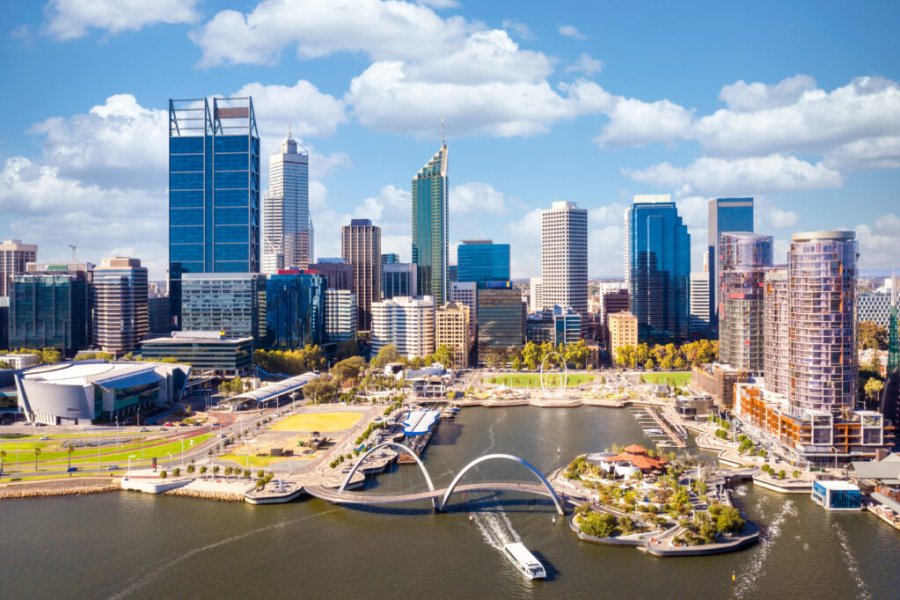Travel Guide Heraclea Lyncestis
Find an accommodation
Advertising
The ruins of this ancient city are located in the suburbs of Bitola. To go there, just walk the park towards the station, towards the south exit of Bitola, and turn right by following the sign "Heraclea". The importance of Heraclea as an archaeological centre was established before the Second World War, but systematic excavations were undertaken in the late 1950 s.Heraclea has been mentioned by many ancient writers: Polibius, Strabon, Césaire and others and in many routes such as Itinerarium Antonini, etc.The archaeological data raised the foundation of Heraclea in the middle of the fourth century BC, by Philippe II, father of Alexander the Great. In order to expand the Macedonian Kingdom, Philippe II has strengthened cities at strategic locations. Among them, Heraclea.Two centuries later, in 168. , Heraclea is Roman and throughout this period the city is a crossroads of communication - and thus of commerce - important between the Egnatia, the ancient Roman route that left Hard in Albania to reach Thessaloniki, and the diagonal road that connected on a north-east/southwest axis, Heraclea in Stobi, Bargala and Kustendil, today in Bulgaria.In the Christian era, Heraclea is called the seat of an archdiocese. This testifies to the richness of the mosaics of the soil of the great Christian basilica, which date the end of life or the beginning of the th century. These mosaics with wildlife and natural motifs represent the entire Christian cosmogony of the time. As a conservation measure, these mosaics are often covered with sand. In addition to the traces of bathing facilities, the ruins of the ruins of Heraclea also include the remains of an amphitheatre used in theatrical performances and gladiators fights.During his millennial existence, Heraclea lives through the Hellenistic, Roman, early Byzantine era.The renovation carried out with large slabs of modern concrete and bricks is not what could be dreamed of better in this area. Numerous archaeological remains uncovered by excavations are exhibited at the Musée Bitola and in the lapidarium of the Museum of the Archaeological museum in Skopje. On the spot, however, one can see some minor pieces of interest (metal tools, fibules, pottery shards) in a wooden hut, both museum, bar and ticket ticket (entrance 100 MKD, photos on site 300 MKD, if there is one group, price can be reduced to 30 MKD per person).
Suggested addresses Heraclea Lyncestis
Weather at the moment
Advertising
Organize your trip with our partners Heraclea Lyncestis
Transportation
Book your plane tickets
Car Rental
Boat rental
Accommodation & stays
Find a hotel
Holiday rental
Find your campsite
Tailor-made trip
Immersion travel
Services / On site
Activities & visits
Find a doctor
Find unique Stay Offers with our Partners
Pictures and images Heraclea Lyncestis
There are currently no photos for this destination.
Other destinations nearby Heraclea Lyncestis
5 km away
25 km away



